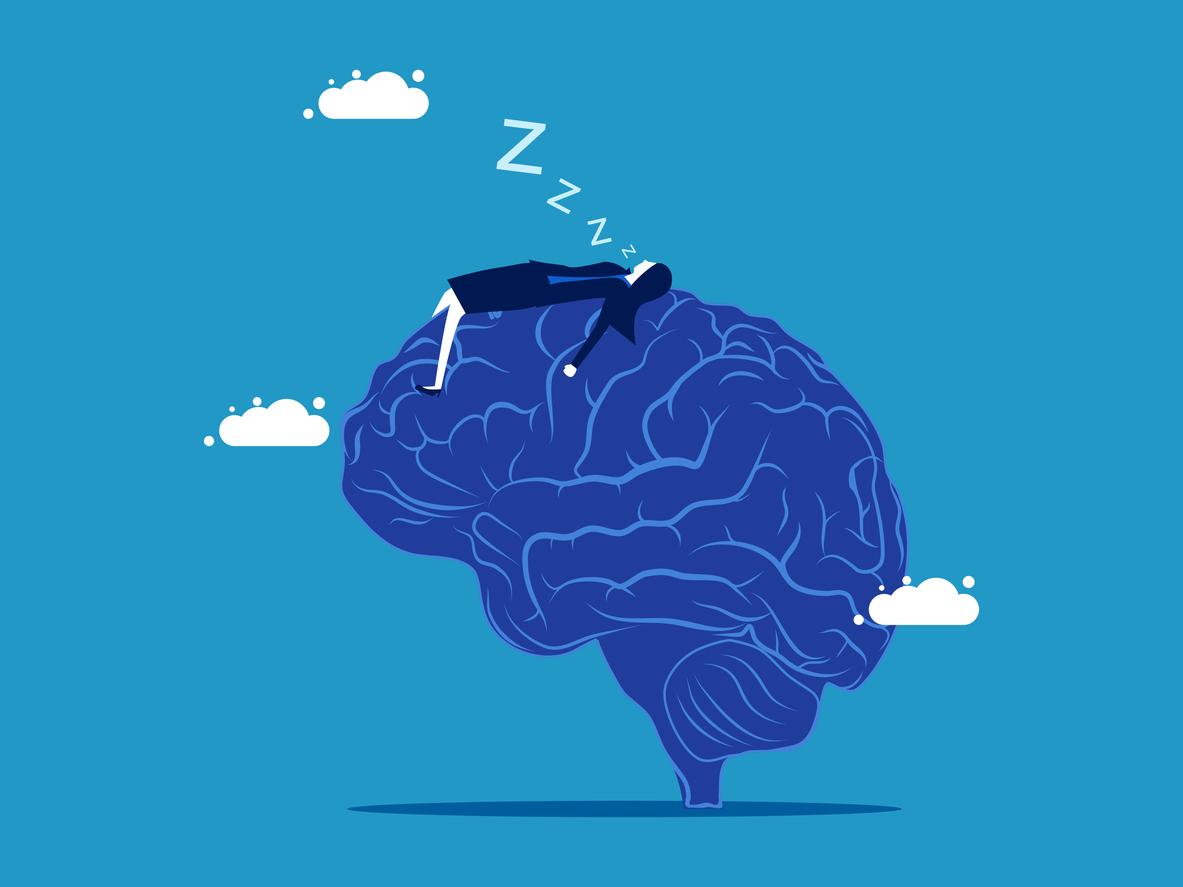Emilie does not support the Internet or the cell phone. Not that she is opposed to new technologies but she suffers in her flesh exposure to electromagnetic waves emitted by electronic devices. Tetany attacks, tinnitus, memory loss, difficulty concentrating.
Each exposure to waves results in violent and unbearable pain for this 48-year-old woman. So much so that this former architect had to leave her city life to take refuge in the countryside around the Livradois-Forez massif (Puy-de-Dôme). She remembers bitterly the first manifestations of these disorders years earlier: “I began to have violent headaches, electric arcs in the mouth, nausea, loss of motor skills. I spotted the antennae two kilometers away and I was losing my hair in handfuls, ”she recalls, interviewed by AFP.
An adaptation disease little considered in France
Emilie is one of those affected by electrohypersensitivity (EHS), a disease of adaptation to an environment crossed by electromagnetic fields.
Electrohypersensitive people interpret the waves as stress in their brain. “Our brain tissue contains magnetosomes, natural magnets, which react when we pass through an electric field. They send information back to the brain, which in some people will interpret this signal as stress and release hormones that can cause disorders behavior, even pathologies such as leukemia, lymphoma or tumor “, explains to AFP the president of the Center for independent research and information on non-ionizing electromagnetic radiation (CRIIREM), Pierre Le Ruz.
EHS is recognized as a pathology by the World Health Organization. Sweden considers it a handicap, while there is clear talk of illness in England. And in France ? Nothing of the sort. If we start to raise the problem, the government has not yet measured its magnitude to the point of taking clear action. It is estimated that 3 to 5% of French people are affected by this electrohypersensitivity.
>> To read also:Waves: can we be sensitive to it?


















